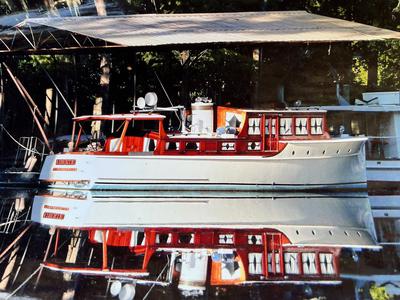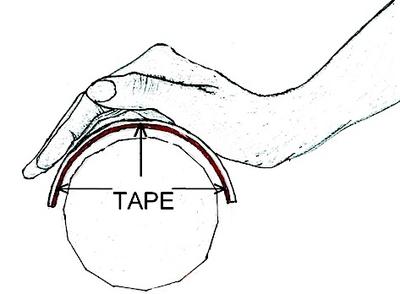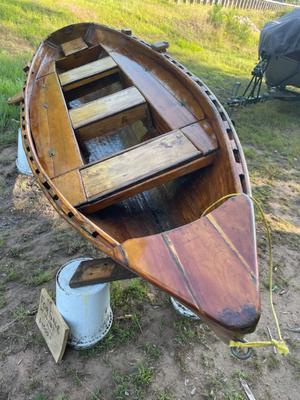- Home
- Your Boats
- This Page
Hardchine Construction using Diagonal Planking
by Roger Doran
(Barnstaple Devon UK)
I may be getting a substantial quantity of ex-laboratory teak worktops this summer.
The tops are 750mm wide and 27mm thick.
I would like to use this material to build a sailing boat approx. 28ft long by 8.5ft wide, with a centreboard.
I am drawn to a hardchine design similar to a modified skipjack with more deadrise or the
26ft gaff sloop shown as plan no.62 in the Wooden Boats Magazine catalogue.
I intend to apply the planking on the bottom and sides at an angle of 45 degrees to the centreline.
I would appreciate advice on how easy or otherwise it would be to get the planking to confirm to the curves especially the bottom planking towards the bow please, and whether there is any significant advantage in the orientation of the planking in one direction as compared to the other direction.
Comments for Hardchine Construction using Diagonal Planking
|
||
|
||
|
||
Want to add more photos?
Photo Uploader
If you are having problems uploading Photos or would like to add more click on this link for the Upload Form.







